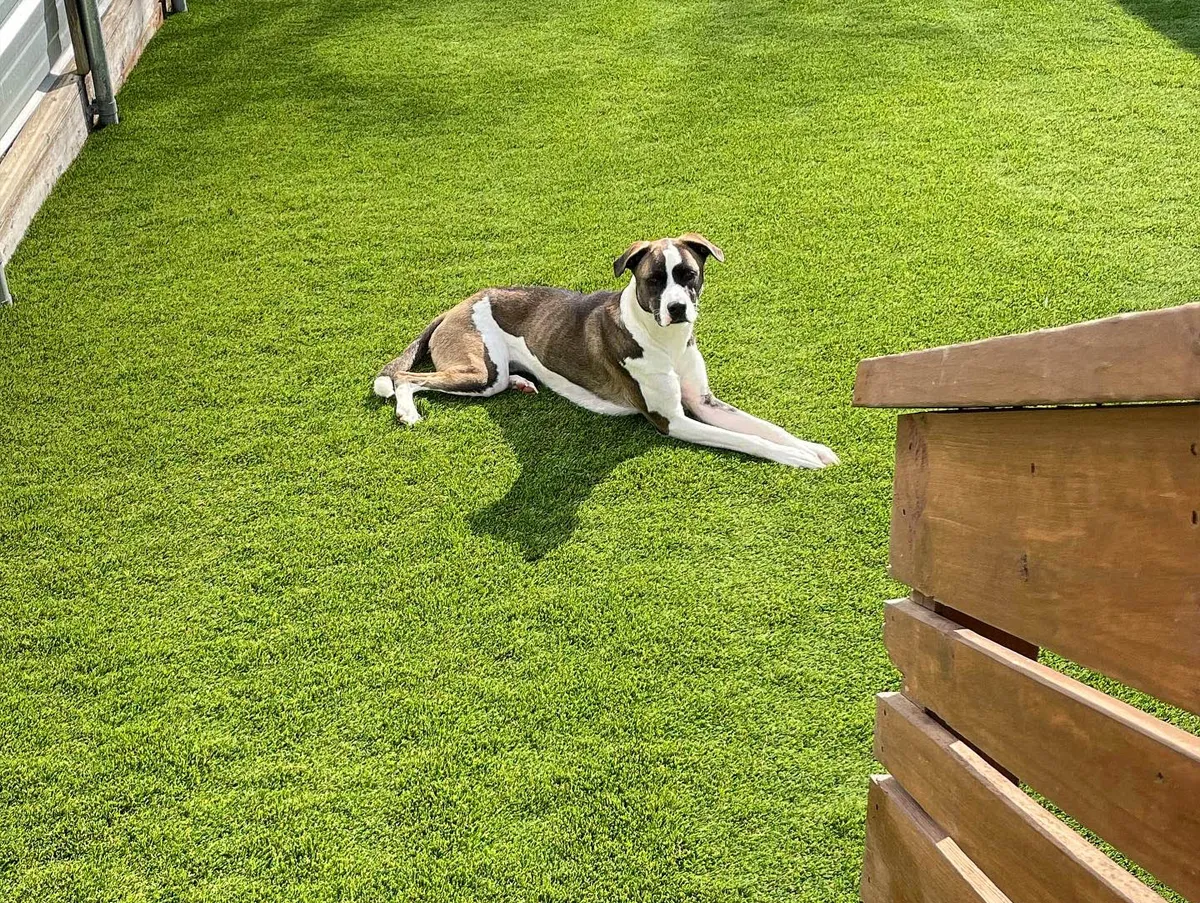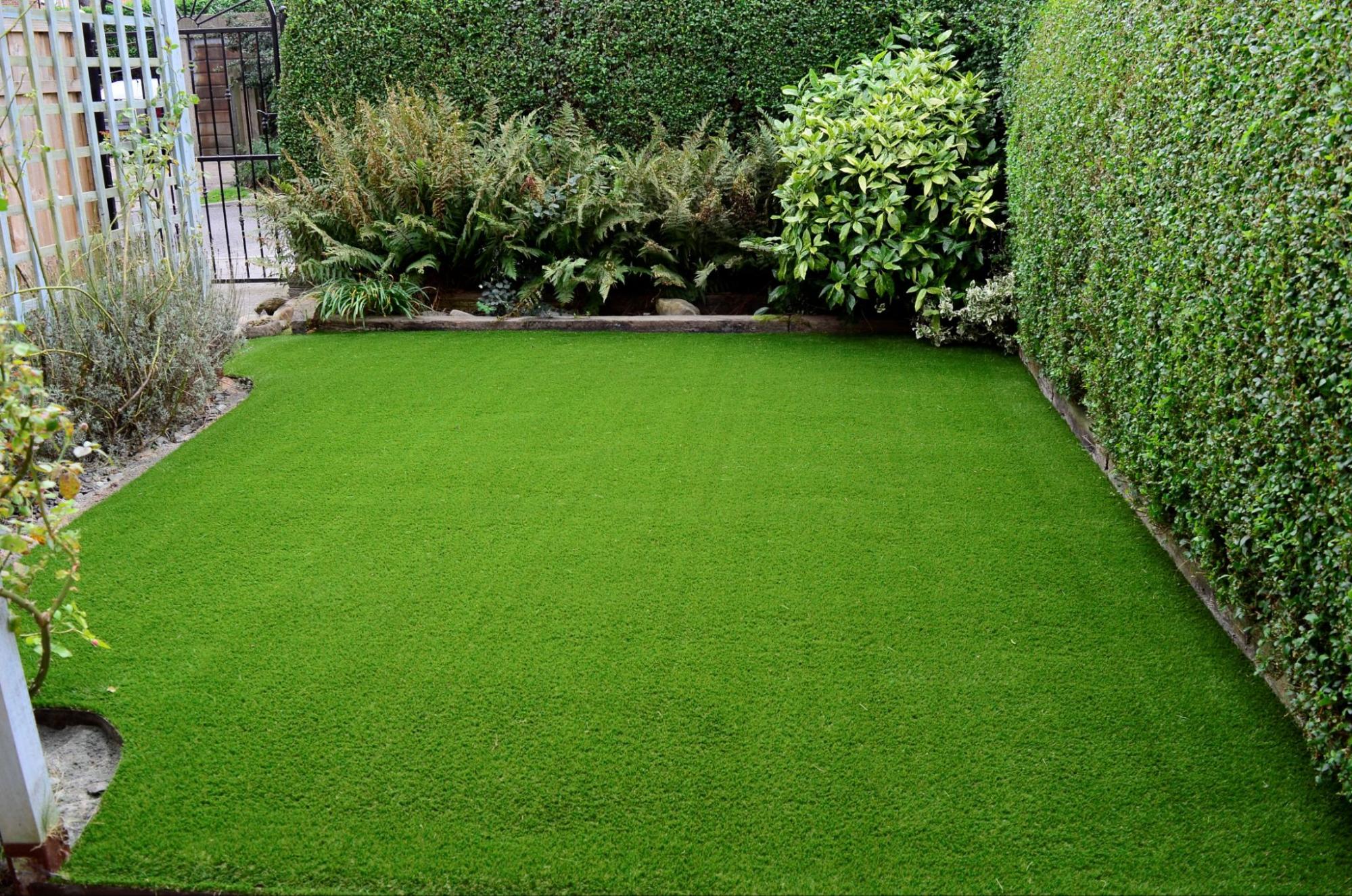Environmentally Safe Arizona Artificial Turf for a Year-Round Lush Green Lawn
Environmentally Safe Arizona Artificial Turf for a Year-Round Lush Green Lawn
Blog Article
Look Into the Environmental Conveniences of Opting for Artificial Grass Solutions
The fostering of fabricated grass options provides an engaging possibility to attend to pushing ecological obstacles. By considerably lowering water usage and lessening the application of hazardous chemicals, these choices not only advertise lasting landscape design yet also safeguard regional ecological communities. The lower carbon impact linked with decreased upkeep activities adds to an extra sustainable approach to land administration. Nevertheless, the implications of these advantages extend past simple preservation initiatives, questioning about their long-term effect on environment preservation and total eco-friendly balance. Discovering these dimensions exposes an intricate interplay worth considering.
Water Preservation Advantages
Among one of the most substantial benefits of fabricated lawn is its capacity to preserve water. Standard lawn yards need considerable irrigation, particularly in locations vulnerable to dry spell or water constraints. On the other hand, man-made grass does not need watering, dramatically reducing the overall need for water sources. This attribute is particularly useful in dry areas where water deficiency is a pressing worry.
By eliminating the requirement for routine watering, synthetic grass adds to sustainable landscape techniques and helps reduce the ecological effect of too much water usage. The preservation of water expands to the reduction of overflow, which can lead to soil disintegration and river contamination.
In addition, the installment of fabricated lawn allows districts and property owners to designate water resources extra effectively, concentrating on necessary uses such as drinking water and farming. The shift towards synthetic grass not just advertises accountable water use but additionally aligns with more comprehensive environmental objectives targeted at maintaining natural deposits.
As neighborhoods significantly focus on sustainability, the water conservation benefits of synthetic grass present a compelling situation for its adoption in household and commercial landscape design projects.
Lowered Chemical Usage
The shift to synthetic grass dramatically lowers the reliance on chemical treatments commonly made use of in all-natural yard upkeep. Typical lawn administration commonly entails the application of herbicides, fertilizers, and chemicals to advertise growth and control pests. These chemicals can pose risks to human wellness, neighborhood wild animals, and the atmosphere, adding to dirt and water contamination.
In contrast, synthetic turf removes the demand for these harmful compounds. By reducing the release of artificial substances into the ecological community, man-made turf promotes much healthier soil and water systems.
In addition, the absence of chemical drainage connected with synthetic grass setups helps shield neighborhood waterways from pollution, sustaining aquatic life and keeping biodiversity. Arizona artificial turf. As communities progressively focus on sustainable methods, selecting man-made turf provides a practical option that aligns with environmental preservation goals. Via this shift, homeowner can appreciate lavish eco-friendly rooms without jeopardizing environmental wellness, leading the means for a more sustainable future
Lower Carbon Impact

Additionally, the installation of synthetic grass can cause significant water preservation. Natural grass require substantial amounts of water for watering, which not just contributes to the carbon impact connected with water removal and treatment but additionally strains neighborhood water resources. In comparison, artificial grass needs very little upkeep, calling for no watering, thus significantly minimizing water use and its connected power costs.
Additionally, the long life of synthetic grass adds to its reduced carbon effect. With a life-span of as much as 15 years or more, the need for frequent replacements is diminished, causing less waste and lower energy usage in manufacturing and disposing of standard yard options. Generally, synthetic grass presents a sustainable alternative for ecologically mindful landscaping.
Environment Conservation
Environment conservation is an essential factor to consider in the dispute over landscaping choices, specifically when comparing synthetic turf to natural grass. Natural turf lawns commonly require considerable maintenance, consisting of making use of chemicals, herbicides, and fertilizers, which can detrimentally affect neighborhood communities. These chemicals can leach into the soil and waterways, harming native vegetation and fauna and disrupting regional habitats.
In comparison, synthetic grass offers a chance to decrease the eco-friendly footprint of landscaping. By choosing synthetic grass, house owners can lessen the interruption of all-natural environments related to typical grass treatment techniques. Artificial lawn removes the need for dangerous chemicals, thereby safeguarding nearby wildlife and preserving the stability of surrounding ecosystems. The setup of fabricated grass can lead to the conversion of former lawn areas into even more biodiverse landscapes, such as pollinator gardens or native plant locations, which can sustain regional wildlife.
Eventually, the change to synthetic grass not you can try this out just conserves water and minimizes upkeep efforts however likewise promotes a more harmonious relationship in between human activities and the natural surroundings, advertising environment conservation at the same time.
Long-Term Sustainability
Lasting sustainability is an important aspect in examining the advantages of synthetic grass over typical lawn lawns. One of one of the most substantial benefits of synthetic turf is its resilience; it can last up to 15-20 years with marginal upkeep, whereas natural grass needs frequent reseeding and substitute. This durability reduces the requirement for constant sources, such as water, fertilizers, and chemicals, which are necessary for maintaining a healthy and balanced turf yard.
Furthermore, synthetic grass adds to a decrease in carbon discharges Our site connected with grass care equipment. Typical yards frequently call for gas-powered mowers, leaners, and blowers, all of which add to air pollution. Arizona turf. On the other hand, synthetic grass gets rid of the need for such tools, promoting a cleaner setting
Furthermore, the manufacturing of man-made turf increasingly makes use of recycled materials, boosting its sustainability profile. As suppliers embrace green methods, the ecological footprint of synthetic grass remains to lessen.

Conclusion
The fostering of synthetic grass options provides considerable environmental benefits, including considerable water preservation, lowered reliance on hazardous chemicals, and a lower carbon impact. In addition, man-made turf aids in maintaining all-natural habitats by decreasing land disturbance and promoting lasting sustainability with making use of durable materials. Collectively, these factors underscore the possibility of synthetic grass to contribute favorably to environmental health and wellness and use a feasible option to standard landscape design methods in an increasingly resource-conscious world.
In contrast, man-made grass does not require watering, significantly lowering the general need for water sources. By decreasing the release of artificial compounds into the community, synthetic lawn promotes healthier dirt and water systems.
Furthermore, the installment of fabricated turf can result in considerable water conservation. In contrast, synthetic lawn needs very little upkeep, calling for no watering, therefore dramatically reducing water use and its connected energy expenses.

Report this page